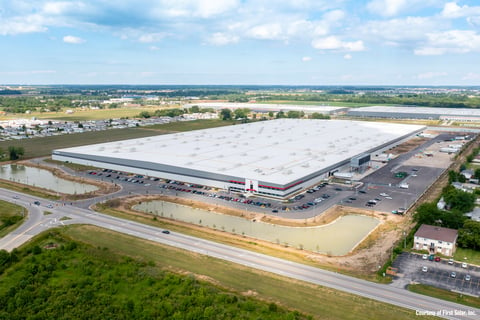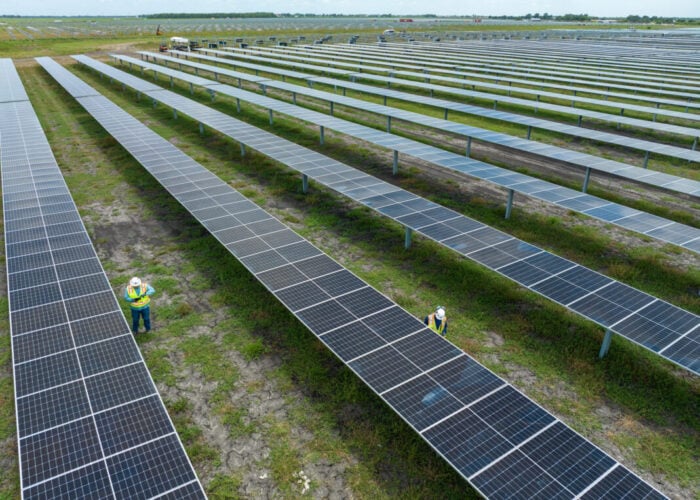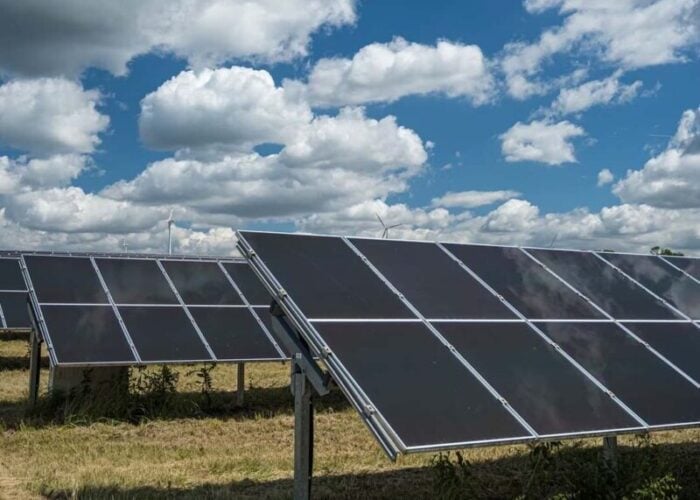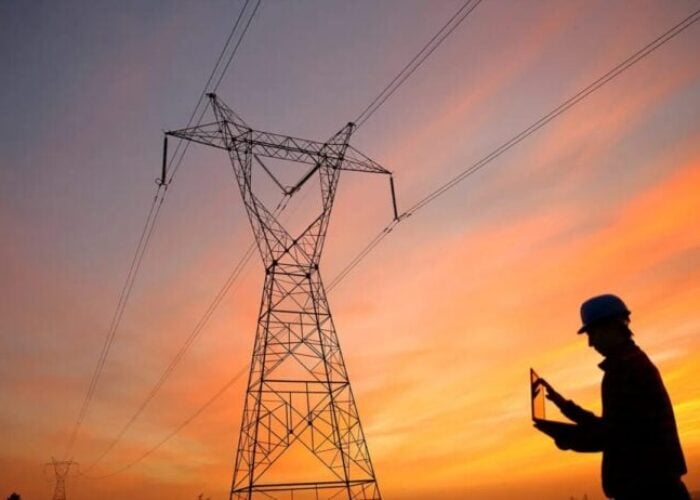
US solar manufacturer First Solar has opened its new research and development (R&D) centre in Ohio after almost two years of construction.
The Jim Nolan Center for Solar Innovation – named after the company’s former Director – will focus on developing First Solar’s cadmium telluride (CdTe) thin film solar cell and module technology alongside prototype tandem products.
Unlock unlimited access for 12 whole months of distinctive global analysis
Photovoltaics International is now included.
- Regular insight and analysis of the industry’s biggest developments
- In-depth interviews with the industry’s leading figures
- Unlimited digital access to the PV Tech Power journal catalogue
- Unlimited digital access to the Photovoltaics International journal catalogue
- Access to more than 1,000 technical papers
- Discounts on Solar Media’s portfolio of events, in-person and virtual
The company said that the new facility is expected to accelerate its innovation cycles. It had hitherto been using a production line at its Perrysburg facility for R&D efforts which was subject to stoppages and restricted its flexibility. First Solar claimed that the Jim Nolan Center is the largest solar R&D facility in the Western Hemisphere.
The facility is part of a roughly US$500 million investment First Solar has made into its R&D infrastructure, including the installation of a perovskite development line at the Perrysburg, Ohio manufacturing facility in the second half of this year.
The announcement comes at a tense time for global solar geopolitics, as the US and China engage in a series of trade disputes over the solar supply chain. First Solar CEO, Mark Widmar, framed the Ohio centre’s opening in direct relationship with these dynamics:
“Thin films are the next technological battleground for the solar industry because they are key to commercialising tandem devices, which are anticipated to be the next disruption in photovoltaics,” Widmar said. “While the United States leads the world in thin film PV, China is racing to close the innovation gap. We expect that this crucial investment in R&D infrastructure will help maintain our nation’s strategic advantage in thin film, accelerating the cycles of innovation needed to ensure that the next disruptive, transformative solar technology will be American-made.”
Earlier this year, Widmar called for more trade defences in the US against Chinese solar manufacturers and their products. In a statement to the US Senate Finance Committee, he said that the Biden administration’s Inflation Reduction Act (IRA) needed firmer trade support if it was to meet its potential and onshore solar manufacturing capacity to the US. Widmar warned that the current environment allowed Chinese manufacturers to benefit from US tax credits and potentially “disappear once the 45X tax credits expire and American taxpayer dollars are extracted”.
Since then, President Biden has doubled the Section 301 import tariff on solar cells to 50% and removed a tariff exemption for bifacial modules entering the country.
Simultaneously, the Department of Commerce (DOC) and Internal Trade Commission are investigating Chinese companies in Thailand, Vietnam, Malaysia and Cambodia under antidumping and countervailing duty (AD/CVD) laws. The overwhelming majority of the US’ solar imports – including bifacial panels and cells – come from those four Southeast Asian countries.
Thin-film efficiency record
In tandem with opening the R&D centre, First Solar announced a new “world record” CdTe thin-film solar cell efficiency of 23.1%.
The milestone was reached at its California Technology Centre (CTC) in Santa Clara, California, and certified by the National Renewable Energy Laboratory (NREL), which is under the jurisdiction of the Department of Energy.
In May, the DOE invested US$21 million into First Solar’s thin-film technology developments through two separate tranches of US$15 million and US$6 million each. The money came through the DOE’s Advancing US Thin-Film Solar Photovoltaics funding program and went towards First Solar’s facilities in Tempe, Arizona and Perrysburg.
In the announcement of the funding, the DOE said it had identified CdTe tech in particular as “an opportunity to expand domestic production of solar panels”.







